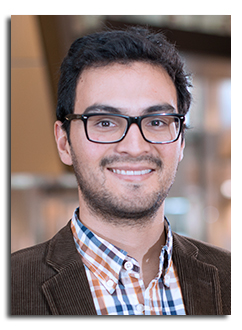
Abstract
The recombination of photo-excited electron-hole pairs at the surface of silicon remains one the largest mechanisms of loss in efficiency in solar cells. Dielectric surface passivation aims to minimise such losses by saturating interface dangling bonds (chemical) and modifying the surface concentration of charge carriers via field effect. It has been demonstrated that the chemical and field effect passivation of dielectrics can be enhanced after deposition, referred to as extrinsically. Extrinsic modification of the passivation properties thus allows further room for improvement in the optical properties during film deposition. This could bring benefits in the performance of silicon solar cells. This talk will cover the latest developments in achieving permanently ion charged dielectric materials for enhanced field effect surface passivation of silicon solar cells. Overall, I will show that the modification of dielectric coatings after deposition gives huge potential for improvement in silicon solar cells and that the stability issue in dielectric charge has been successfully tackled in the recent years.
Click here to see all available video seminars.
Click here to go to the SPREE HOMEPAGE.
Brief Bio
Sebastian is a Research Fellow at the Materials Department and Wolfson College, Oxford University. He completed a PhD in the same department in 2015, a Masters in Nanotechnology at Cambridge University, and a Bachelors in Electronic Engineering at Universidad de los Andes, Colombia. He has previously lectured at his home University and worked at the CMS experiment in CERN. His current research concentrates on the methods to improve the performance of silicon solar cells by preventing the unwanted recombination of charge carriers at the cell’s surface, also known as surface passivation.
